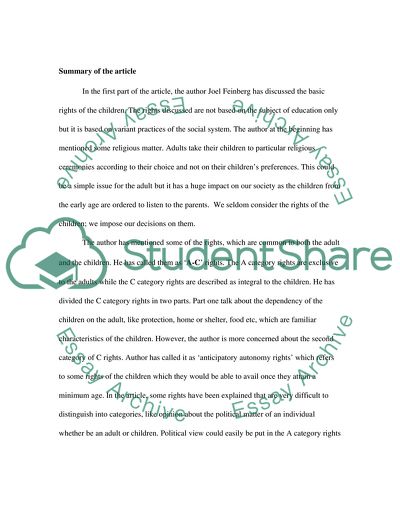Cite this document
(Ensuring Children Rights to Education Case Study, n.d.)
Ensuring Children Rights to Education Case Study. https://studentshare.org/education/1734173-literature-search-and-summaryfind-attached-article-and-position-paper
Ensuring Children Rights to Education Case Study. https://studentshare.org/education/1734173-literature-search-and-summaryfind-attached-article-and-position-paper
(Ensuring Children Rights to Education Case Study)
Ensuring Children Rights to Education Case Study. https://studentshare.org/education/1734173-literature-search-and-summaryfind-attached-article-and-position-paper.
Ensuring Children Rights to Education Case Study. https://studentshare.org/education/1734173-literature-search-and-summaryfind-attached-article-and-position-paper.
“Ensuring Children Rights to Education Case Study”. https://studentshare.org/education/1734173-literature-search-and-summaryfind-attached-article-and-position-paper.


